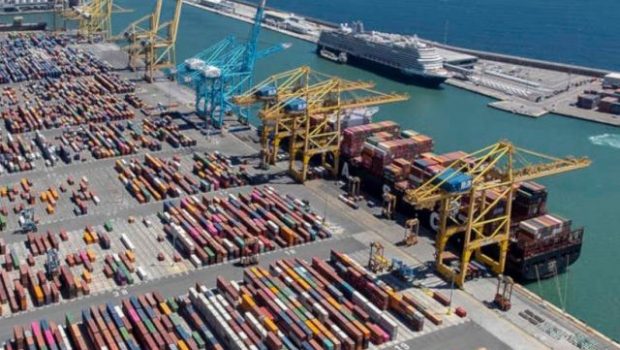Port Strategy | 5G technology improves port safety
5G technology is being used to improve safety in ports in a new project using 5G networks to connect cranes, vehicles, and people by merging different advanced communication and localisation technologies.
The main objective of the project at the Port of Barcelona-located APM Terminals Barcelona (Muelle Sur Container Terminal), part of the 5G Barcelona initiative with Telefónica, APM Terminals and Mobile World Capital Barcelona, is to minimise the potential risk of collisions between mobile machinery and fixed elements, vehicles, and people in the container terminal.
"Projects like this are part of our Way of Working at APM Terminals, in search of innovation and continuous improvement, and for operations in our terminal to be increasingly safe, more sustainable and more competitive", shared Carlos Arias, Managing Director of APM Terminals Spanish Gateways.
Advanced algorithms prevent accidents
The project uses a system that allows the coordination of port traffic and the implementation of advanced algorithms for accident traffic prevention. Through an alarm system, both crane drivers and trucks or pedestrian personnel will be warned about a potential collision against fixed and mobile elements and the system will in addition send an instant notification to a control centre in case of collision.
The development of the project involves the deployment of Telefónica's 5G coverage at APM Terminals Barcelona, the provision of 5G connectivity to straddle carrier cranes, trucks and terminal personnel, as well as an acoustic warning system for possible collisions.
The straddle carrier cranes will be equipped with an onboard unit capable of communicating via 5G and through C-V2X technology between them and with the rest of the actors. Trucks, truckers and terminal personnel will have a 5G smartphone, on which a C-V2X application will be installed. This way, the smartphone, becomes another piece of the V2X environment, as well as the lever for an easy transition towards a fleet of natively connected vehicles and direct inclusion of people in the ecosystem.
Depending on the results obtained, the system could be replicated and implemented in other ports.








Gloss